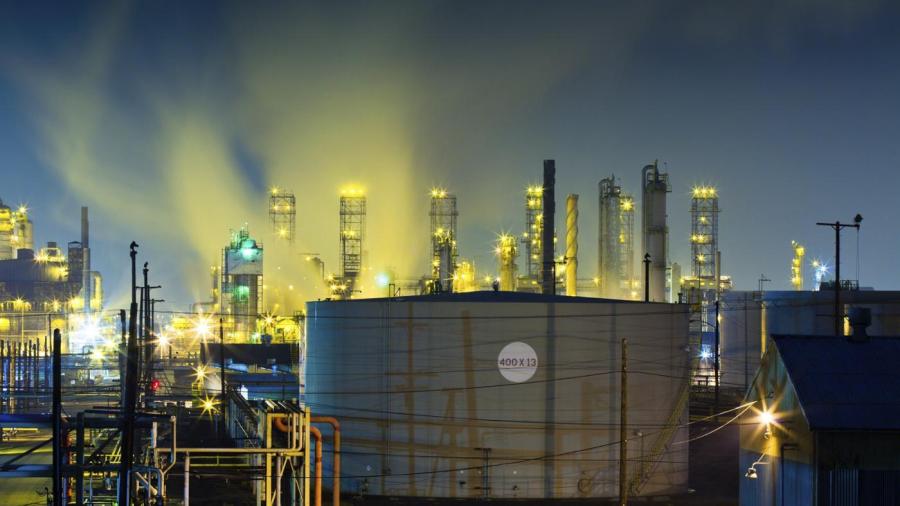Is Argon An Ideal Gas

The difference between ideal gas and existent gas is existent gas has real volume while ideal gas does not. Existent gases are composed of atoms or molecules resulting in their volume.
Real Gases These are a type of nonhypothetical gas that have mass and volume. The associated molecules have interactions and infinite. They also follow gas laws. With this gas, pressure is relatively depression but there is attracting energy during collision of particles. Collision of particles is besides non-rubberband.
Ideal Gases These are the opposite of real gases and they have no mass and no definite volume. There is elasticity concerning the standoff of ideal gas particles and pressure is loftier. During standoff of particles, no energy is involved.
van der Waals Equation Betwixt gases, this equation is used to correct for any attractive forces between them and the volume differences. The showtime correction alters the platonic gas equation pressure. Between gas molecules, it takes into consideration the intermolecular attractive forces. The book that the gas molecules have up is corrected past nb.
The molecular attractive force's strength is a. The total volume per mole is represented past b. Experimental decision is used to get the values of a and b when performing the equation.
Boyle'southward Police This law says that when gas is confined at a fixed temperature it is inversely proportional to pressure existence exerted onto the same gas. PV is a abiding in the equation. A balloon is a expert case of this equation. As the force per unit area increases effectually it, the book goes downward. However, the book will increase as there is decreasing force per unit area surrounding it.
At very high pressures, the temperate and molar mass of the gas play significant roles in the issue. Scientists will look for the effects of bonny and repulsive forces. The repulsive force gets stronger equally gas is compressed. This makes the gas substantially work against farther reduction in volume.
When exploring attractive forces, molecules tend to repel one another when they start to become shut. This is due to their respective electron clouds. As they move further apart, the distribution of their electron clouds experience brusque statistical fluctuations. This increases the attractive force between the private molecules. The attractive force grows stronger when there are more than electrons nowadays in the molecule. The substance remains a gas when the energy of thermal motion is ascendant. Yet, when attractions dominate equally temperatures become low, the substance becomes either a solid or a liquid.
Compressibility Comparing the molar volume of ideal gas to real gas when they are at the same pressure level and temperature makes it possible to see the accuracy of platonic gas police force. This is done using a ratio of the molar book of ideal gas versus real gas when both are at the same pressure and temperature. This ratio is referred to every bit the pinch factor or compressibility.
Compressibility makes it possible to expect at the effect of intermolecular forces. At lower temperatures, the consequence of intermolecular forces is lower. This is because with the intermolecular attractions, the molecules are non able to overcome them as easily due to having less kinetic energy.
Is Argon An Ideal Gas,
Source: https://www.reference.com/science/difference-between-ideal-gas-real-gas-b01ce54822b7edc7?utm_content=params%3Ao%3D740005%26ad%3DdirN%26qo%3DserpIndex&ueid=26c19442-d19c-4cb4-819c-3f324d4e8805
Posted by: ogleyoutheiges.blogspot.com


0 Response to "Is Argon An Ideal Gas"
Post a Comment